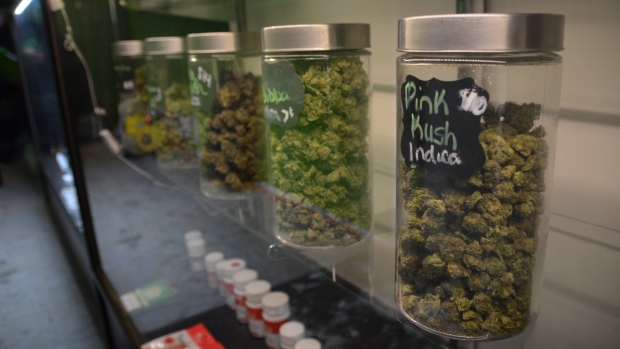The legalization of marijuana presents a host of challenges for policy makers in Canada, the provinces and municipalities. It is an emotional issue with vocal advocates on both sides, and it is further complicated by politics.
We are also witnessing different approaches and decisions being made across the country.
Under the weight of all these complexities, it is always wise to stay focused on the original policy objectives: protect public safety and health, reduce criminal sales, reduce/eliminate youth use of marijuana and maximize the economic opportunities associated with the legalization of marijuana.
There is an interdependence among these objectives — albeit not always an obvious one. When one considers these policy objectives, we are led to several key decision points regarding policy choices: legal age limit, accessibility, cost and product quality/safety.
Legal age for purchasing pot
Consider the legal age. The choices are to keep it the same as alcohol, increase it to 21 (or older) or reduce it to 18.
What impact will the legal age have on youth consumption and criminal activity?
Currently, it is estimated that the second-largest age segment using marijuana is youth aged 12 to 17. Arguments are made that evidence exists to indicate marijuana use has an impact on brain development, which leads to the conclusion that the age limit should coincide with the age when brain development is complete — generally considered to be 25.
If the age limit is reduced to 18, we create a situation where 18-year-olds may choose legal consumption of marijuana over illegal alcohol consumption.
If the age is set at 19, we create a more neutral environment for choice of marijuana versus alcohol and have established a consistent age of choice.
If the age limit is set at 21 or higher, will a larger proportion of users move to the purchase of illegal and unsafe products? Therefore, some people would argue that the age limit could have a direct impact on illegal consumption.
Accessibility
The second factor is accessibility of the product. The Saskatchewan government has announced that 60 retail outlets will be allowed and will be allocated according to population.
If the product is not readily accessible, then consumers may turn to the illicit market to meet their demand.
A larger number of retail outlets would require more resources for regulatory oversight and, therefore, more difficulty in enforcement.
Cost
Another factor in accessibility is the cost.
If the legal product is not competitively priced with the black market, this may drive consumers in the direction of illegal suppliers. If so, then regulatory costs and production costs must be managed.
Quality and safety
Product quality/safety can be negatively affected by choices that drive the consumer to the black market.
People purchasing from their supplier on the street are not given a certificate of analysis or guarantee that their purchase contains certain levels of THC and no mould, bacteria or foreign chemicals.
Safety and health is also a concern if the consumer is under age, so policies that curtail youth consumption are also an important health consideration based on the body of clinical (albeit inadequate) data currently available. Product quality and safety are likely to have an impact on economic impact as well (a topic for another discussion).
The challenge is the management of these many variables and the interactivity among them.
First, we must establish evidence-based systems and processes to frequently monitor the impact and outcomes of the policy decisions that are made.
The emphasis placed on public awareness and education and enforcement must be a priority investment for the anticipated tax revenues; however, the often-forgotten tools in the policy toolkit are innovation and technology.
Innovation and research are often the first areas to be victimized by the sharp knife of budgetary constraints. Our agriculture industry’s ability to adapt and respond to market and climatic challenges is, in large part, due to consistent and long-term investment in research and innovation.
Research and innovation that is focused on health and safety, cost containment and product quality will go a long way to address the many unanswered questions and provide better information on which to base our policy choices.
These challenges have to be managed across multiple levels of government, which is a challenge in itself.
credit:msn.com













